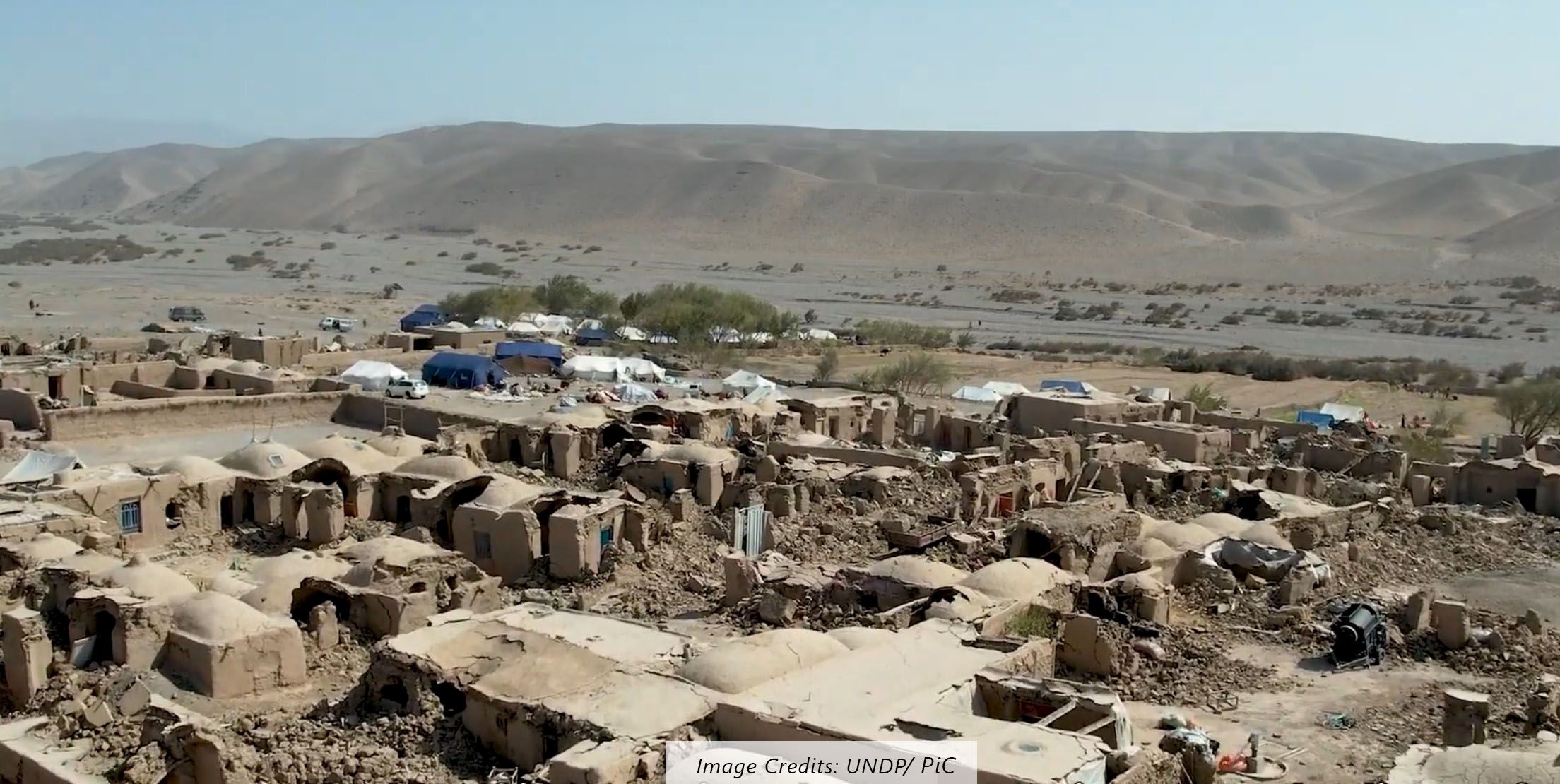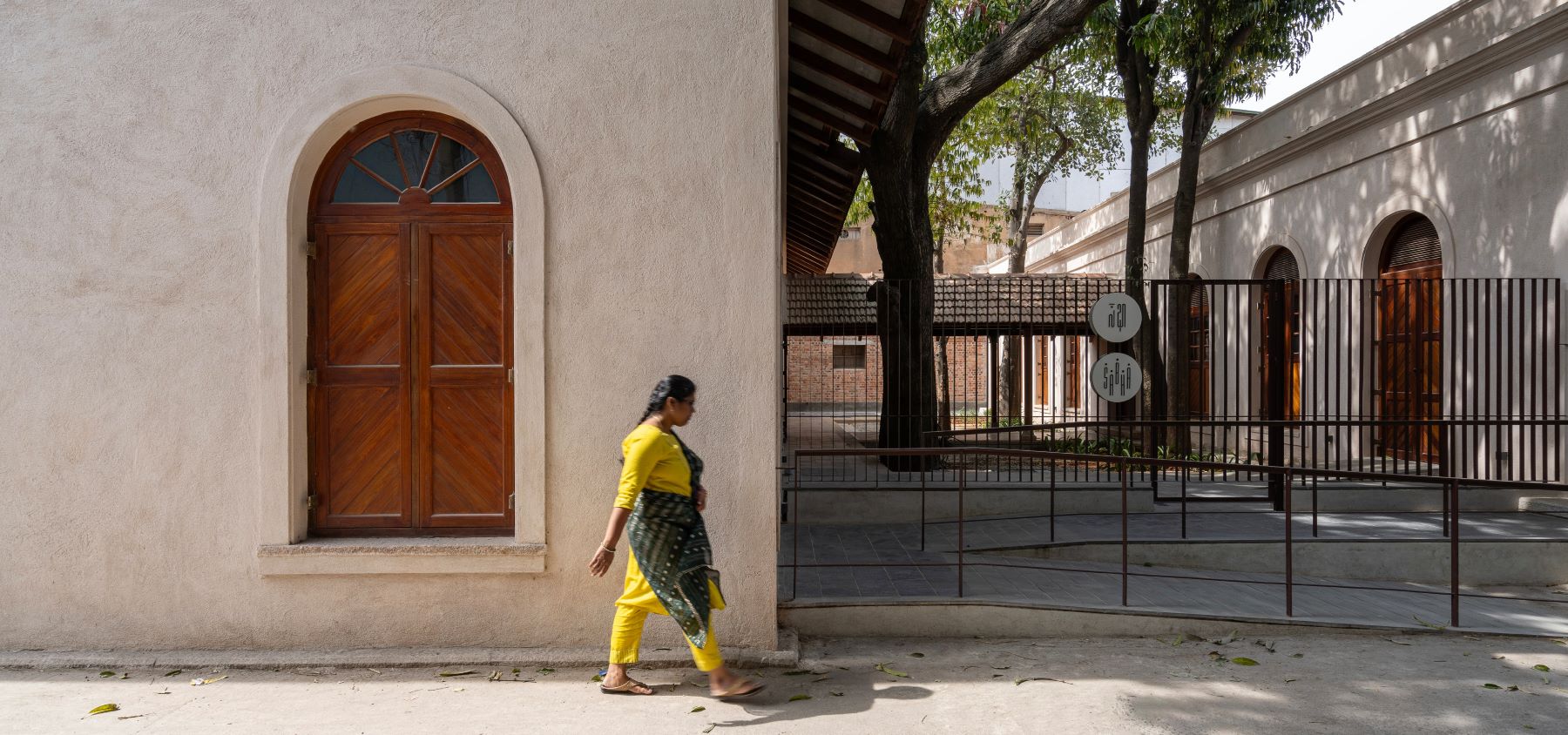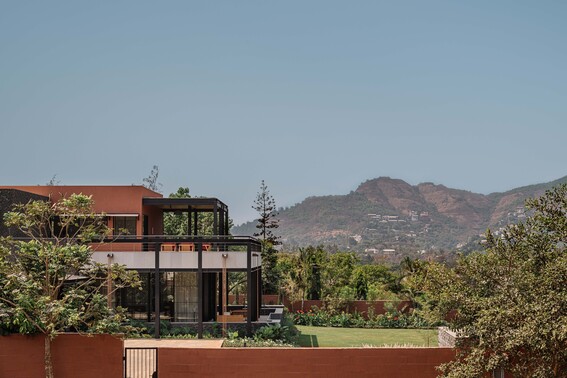- All designed objects, whether conceived by an architect, artist, graphic designer, industrial designer, or landscape architect, tell a story. Their stories can sometimes be discerned easily, and at other times need to be discovered through thoughtful consideration. The story can be as simple as a metaphor or as complex as a novel.
Architects are natural storytellers – it’s a process that is inherently built into our creative process and when used properly, it’s one of the very best tools in our tool bag. The Archcember challenge was about telling your story through illustrations sketches/doodles/paintings or computer generated illustrations and graphics) related to architecture.
Archcember was an engaging challenge of story-telling through Illustrations, started in December for all the architects, designers, students, academicians and the whole fraternity of architecture & related fields.
We gave participants 3 words every week and they had to tell us a story on the given words through illustrations and an article of 200 words which justifies the concept.
We received some amazing submissions during the month. Presenting the top illustrations and stories by the final Top-5 winners of the competition:
Word – Urbanism
Homogeneous reality incubator by Jowin Foo

Urbanism is nothing but a machine now, all living beings are forced to be the actors or the proletariat to sustain the machine’s seductive nature. Nevertheless, localism has become a myth even since globalised capitalism become the hegemony to govern the standard of living of all being on earth. Hence, the most efficient way is to make them all the same. However, it does not only provoke the sense of utilitarian but also tyranny from the man with power. Alas, the homogeneity can be only seen via the eye of a creator.
Word – Memory
Stories and memories by Edmund Tan

A being without memory would not have any conscious of its self-identity. A place without identity would not be any different. Reflecting on our current society, the dark side of controlling and regulating might not seem obvious, we were told what is right and wrong from the very beginning. We are told how to navigate in cities and what actions are prohibited. With the notions of controlling and identity, the city if Anamnesis is formed.
In the city if Anamnesis, citizens are provided with memories that will bring them into their ideal world, while navigating the memory palace with their own subconscious muscle memory. In the labyrinth, the feeding device will fall once they are on their designated area. The processing unit from above acts as an artificial hippocampus, but instead of feeding the memories that you own, it erases bad memories from the past and provide recreational joyful experience to the user.
It might be an inhumane ritual, but does the citizen of Anamnesis think so?
Word – Perspective
Memory is past, inspiration is future and perspective is today by Shailesh Gupta

Capitalism is shaping out architecture which is immediate and less humane.
In today’s context, the folk politics of the radical left is focused through a lens of immediacy. Implicitly – and often explicitly – the radical activist and academic left sees a return to immediacy as the best way to respond to the problems posed by global capitalism. This takes the form of various localisms (ecological, agricultural, monetary) as well as a preference for types of political organisation that only work in immediate contexts (consensus, direct democracy, pure horizontalism).
Word – Scale
The scale paradox by Kruthika Maddipoti

It is fascinating to see how a pattern repeats itself at different scales; it inspires us to think beyond. When my grandfather said ‘look around, you have everything you need’, I thought I knew what he meant but I understood it only years later when I was introduced to the concepts of bio-mimicry and astrology in architecture.
We have bio-mimicry on one side which talks about how something as small as an atom can inspire to innovate and we have astrology on the other side which talks about the science of vaastu and about the infinite sky as a metaphor for infinite possibilities around. So here we exist somewhere between these paradoxes of scale, finding patterns and evolving to get better at it.
Word/Concept – Online Architectural Marketplace
The architect goes to market by Andrew Robertson

Online market places give today’s designers a platform that would never have been thought possible in the past. Whereas, before young designers struggled to show their content to the general public; these online places allow for more exposure which in turn leads to more opportunity.
You can check out other amazing submissions by the participants and winners on our website www.sqrfactor.com.






